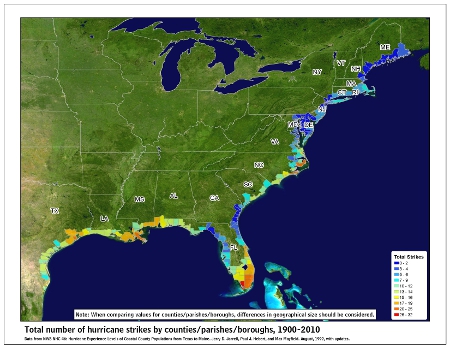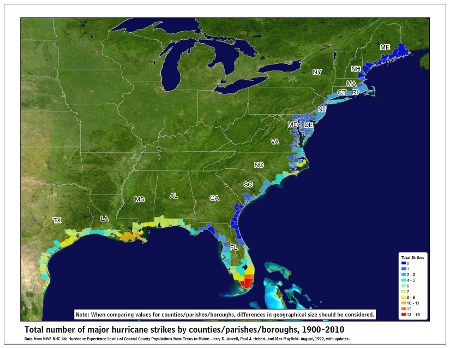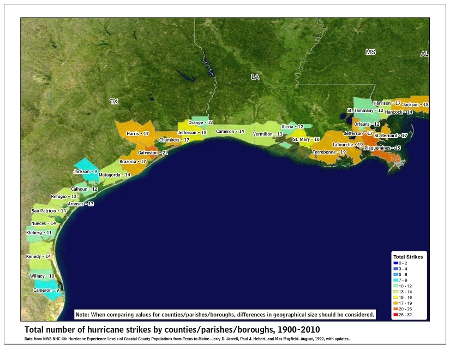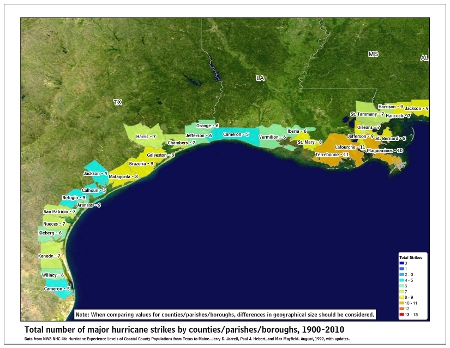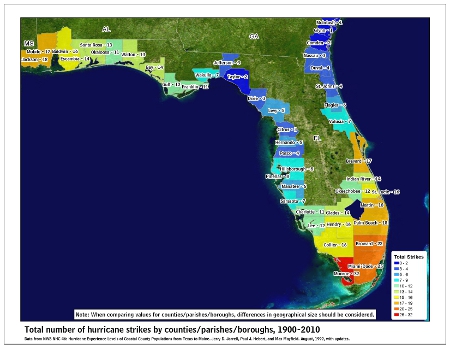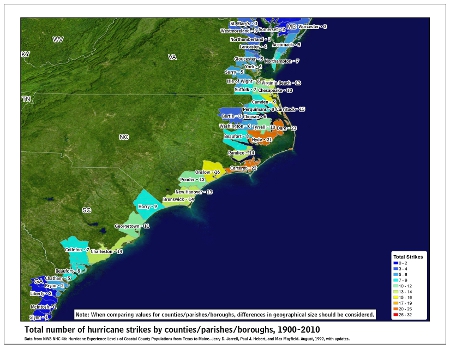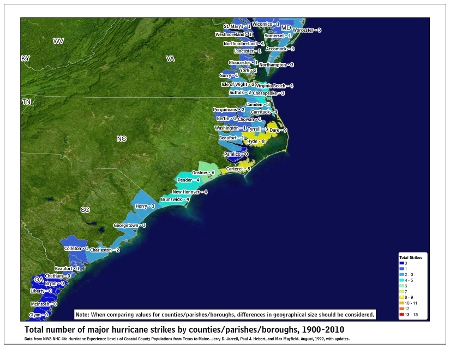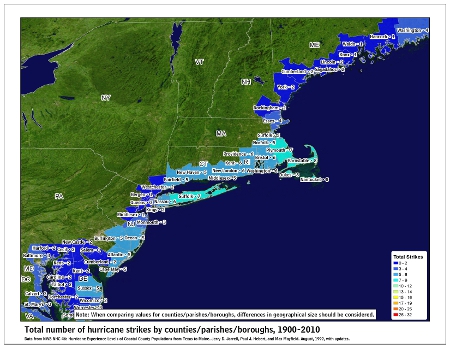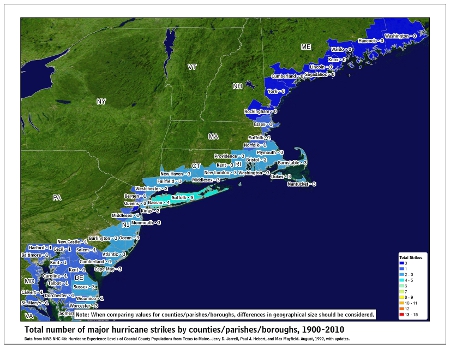The 2018 Atlantic hurricane season is OVER! Despite almost all major forecasting groups calling for a BELOW average season this year was actually an ABOVE average season and was the third consecutive above-average damaging season. These groups were banking on cooler than normal sea surface temperatures in the tropical Atlantic and the anticipated development of an El Niño… well the El Niño failed to develop in time to suppress activity. That is one reason I always say you can’t really predict these variables and seasons very far out. The 2018 season featured 15 named storms, 8 hurricanes and 2 major hurricanes and a totaled $33.3 billion (2018 USD) in damages. Check out the 2018 Tracking Map Of All Storms below…
While most of the storms stayed out to sea in the deep Atlantic 4 of them made landfall in the U.S. (Alberto, Gordon, Florence and Michael). The season will be mostly be remembered for 2 major Hurricanes making landfall in the United States and other countries causing extensive damage and loss of life… Florence and Michael.
Hurricane Florence formed on August 31, 2018 and dissipated on September 19th, 2018. Florence reached its peak intensity on September 10th with 140 mph sustained winds and a central pressure of 939 mbar. Early on September 14, Florence made landfall in the United States just south of Wrightsville Beach, North Carolina. The storm caused 30 direct and 23 indirect fatalities and totaled $17.9 billion (2018 USD) in damages in the U.S. and other countries.
Hurricane Michael formed on October 7, 2018 and dissipated on October 16, 2018. Michael reached its peak intensity of 155 mph sustained winds and a central pressure of 919 mbar on October 10th as a high-end Category 4 hurricane and made landfall that same day near Mexico Beach, Florida. The storm caused 60 fatalities and totaled $15 billion (2018 USD) in damages in the U.S. and other countries.
Check out an amazing satellite timelapse video of the entire season from start to finish below…
Other tidbits from the season:
On September 12, Joyce formed, making 2018 the first season since 2008 to feature four named storms active simultaneously (Florence, Helene, Isaac, and Joyce).
The formation of Tropical Storm Alberto on May 25, marked the fourth consecutive year in which a storm developed before the official start of the season.
The next storm, Beryl, became the first hurricane to form in the eastern Atlantic during the month of July since Bertha in 2008.
Chris, upgraded to a hurricane on July 10, became the earliest second hurricane in a season since 2005.
No hurricanes formed in the Atlantic during the month of August, marking the first season since 2013, and the eighth season on record, to do so.
On September 5, Florence became the first major hurricane of the season.
On October 9, Michael became the second major hurricane of the season, and a day later, it became the third-most intense hurricane to make landfall on the United States in terms of pressure, behind the 1935 Labor Day hurricane and Hurricane Camille of 1969.
With the formation of Oscar on October 27, the season is the first on record to see seven storms that were subtropical at some point in their lifetimes (Alberto, Beryl, Debby, Ernesto, Joyce, Leslie, and Oscar).
***Always stay alert, prepared and informed every season… the 2019 Hurricane Season is up next and is only 182 DAYS AWAY!!! be sure to bookmark my website and visiting it daily during every season!!!***

 DONATE
DONATE![[Map of 1950-2017 CONUS Hurricane Strikes]](http://www.nhc.noaa.gov/climo/images/conus_strikes_sm.jpg)
